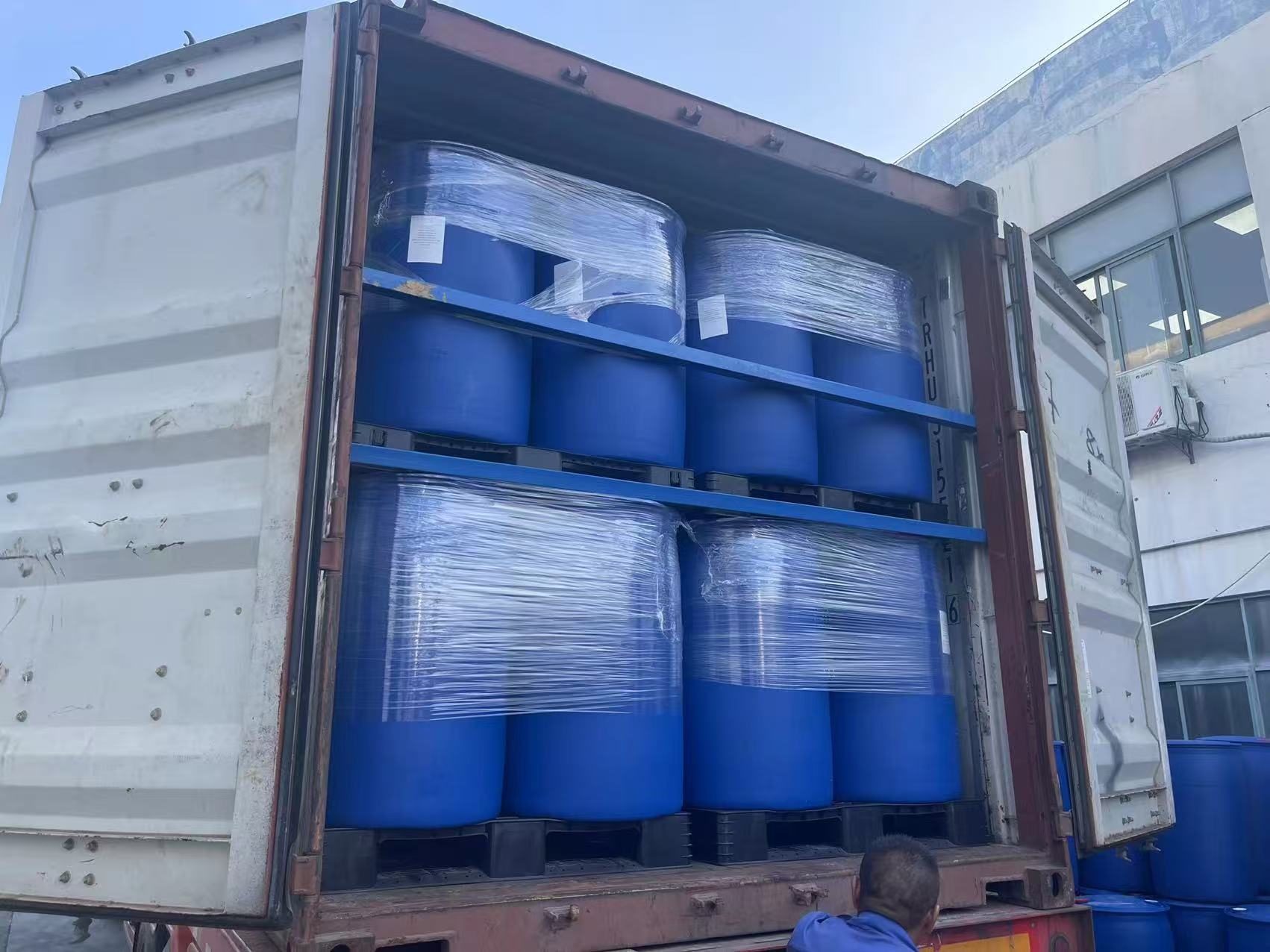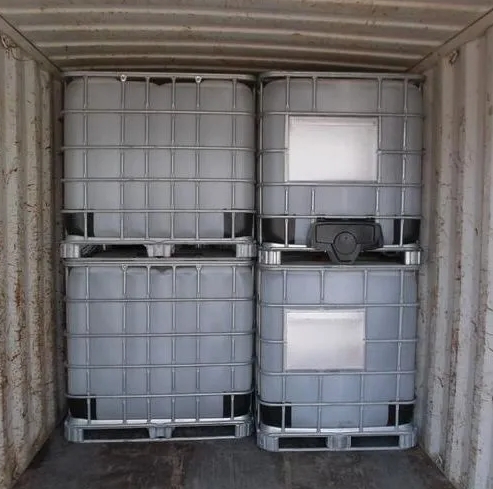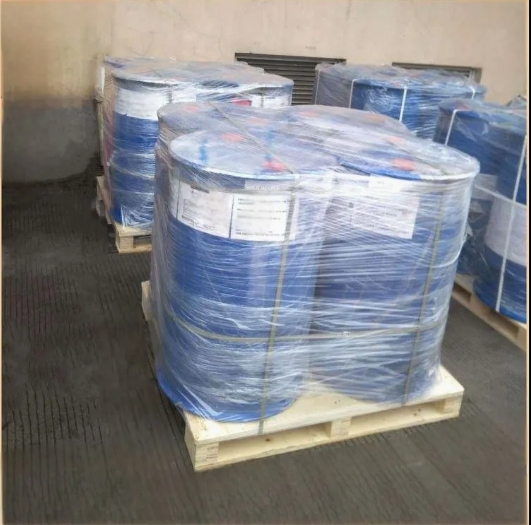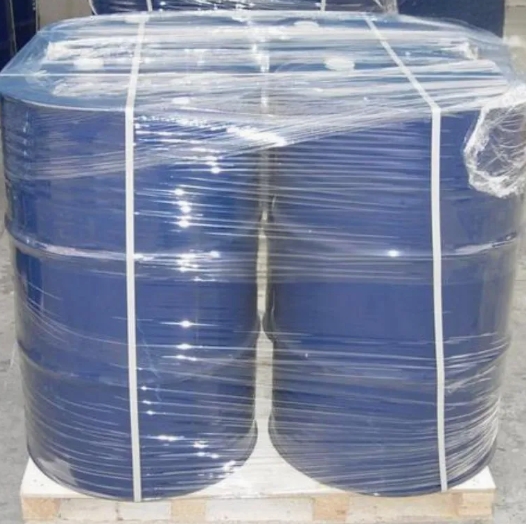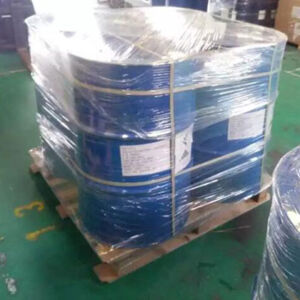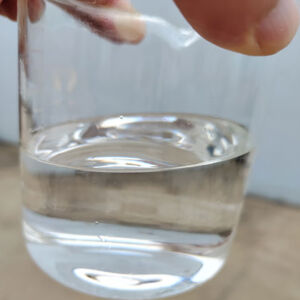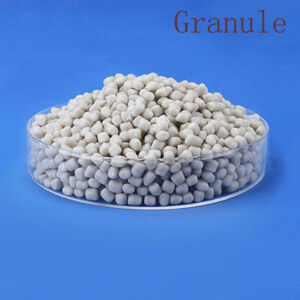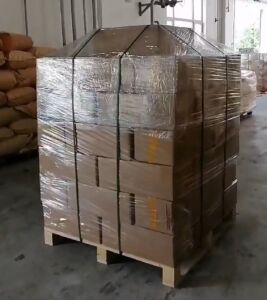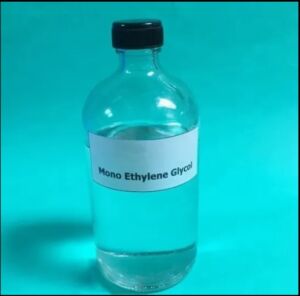Polyethylene glycol products are usually classified according to their average relative molecular mass. Common ones include PEG-200, PEG-400, PEG-600, PEG-800, PEG-1000, PEG-1500, PEG-2000, PEG-3000, PEG-4000, PEG-6000, PEG-8000, etc.
1. Polyethylene glycol series products can be used for pharmaceuticals. Polyethylene glycol with low relative molecular weight can be used as a solvent, co solvent, o/w emulsifier, and stabilizer for the production of cement suspensions, emulsions, injections, etc. It is also used as a water-soluble ointment and suppository base. Solid waxy polyethylene glycol with high relative molecular weight is commonly used to increase the viscosity and solidity of low molecular weight liquid PEG, as well as to compensate for other drugs; For drugs that are not easily soluble in water, this product can be used as a carrier for solid dispersants to achieve the purpose of solid dispersion. PEG4000 and PEG6000 are good coating materials, hydrophilic polishing materials, film and capsule materials, plasticizers, lubricants, and drop pill matrices, used for preparing tablets, pills, capsules, microcapsules, etc.2. Polyethylene glycol PEG4000 and PEG6000 are used as excipients in the pharmaceutical industry for the preparation of suppositories and ointments; Used as a coating agent in the paper industry to increase the gloss and smoothness of paper; As an additive in the rubber industry, it increases the lubricity and plasticity of rubber products, reduces power consumption during processing, and extends the service life of rubber products.3. Polyethylene glycol series products can be used as raw materials for ester surfactants.4. Polyethylene glycol PEG-200 can be used as a medium for organic synthesis and a heat carrier with high requirements. It is used as a moisturizing agent, inorganic salt solubilizer, and viscosity regulator in the daily chemical industry; Used as a softener and antistatic agent in the textile industry; Used as a wetting agent in the papermaking and pesticide industries.5. Polyethylene glycol PEG-400, PEG-600, and PEG-800 are used as matrices for pharmaceuticals and cosmetics, lubricants and wetting agents for the rubber and textile industries. Polyethylene glycol PEG-600 can enhance the grinding effect and improve the luster of metal surfaces when added to electrolytes in the metal industry.6. Polyethylene glycol PEG-1000 and PEG-1500 are used as matrices, lubricants, and softeners in the pharmaceutical, textile, and cosmetic industries; Used as a dispersant in the coating industry to improve the water dispersibility and flexibility of resins, with a dosage of 10-30%; Ink can enhance the solubility of dyes and reduce their volatility, making it particularly suitable for wax paper and printing ink. It can also be used to adjust ink viscosity in ballpoint pen ink; Used as a dispersant in the rubber industry to promote vulcanization and as a dispersant for carbon black fillers.7. Polyethylene glycol PEG-2000 and PEG-3000 are used as metal processing molding agents, lubricants and cutting fluids for metal drawing, stamping or forming, grinding, cooling, lubricating polishing agents, welding agents, etc; Used as a lubricant in the paper industry and also as a hot melt adhesive to increase rapid rewetting ability.8. Polyethylene glycol PEG-4000 and PEG-6000 are used as matrices in the pharmaceutical and cosmetic industries to regulate viscosity and melting point; Used as lubricants and coolants in the rubber and metal processing industries, and as dispersants and emulsifiers in the production of pesticides and pigments; Used as anti-static agents, lubricants, etc. in the textile industry.9. Polyethylene glycol PEG8000 is used as a matrix in the pharmaceutical and cosmetic industries to regulate viscosity and melting point; Used as lubricants and coolants in the rubber and metal processing industries, and as dispersants and emulsifiers in the production of pesticides and pigments; Used as anti-static agents, lubricants, etc. in the textile industry.
Solubility: Easily soluble in water and most polar solvents, insoluble in non-polar solvents such as aliphatic hydrocarbons, benzene and mineral oil. When the temperature rises, the solubility in the solvent increases, and even high molecular weight polyethylene glycol can be mixed with water.
Hygroscopicity: Polyethylene glycol with low relative molecular mass has strong hygroscopicity. As the relative molecular mass increases, the hygroscopicity decreases rapidly.


